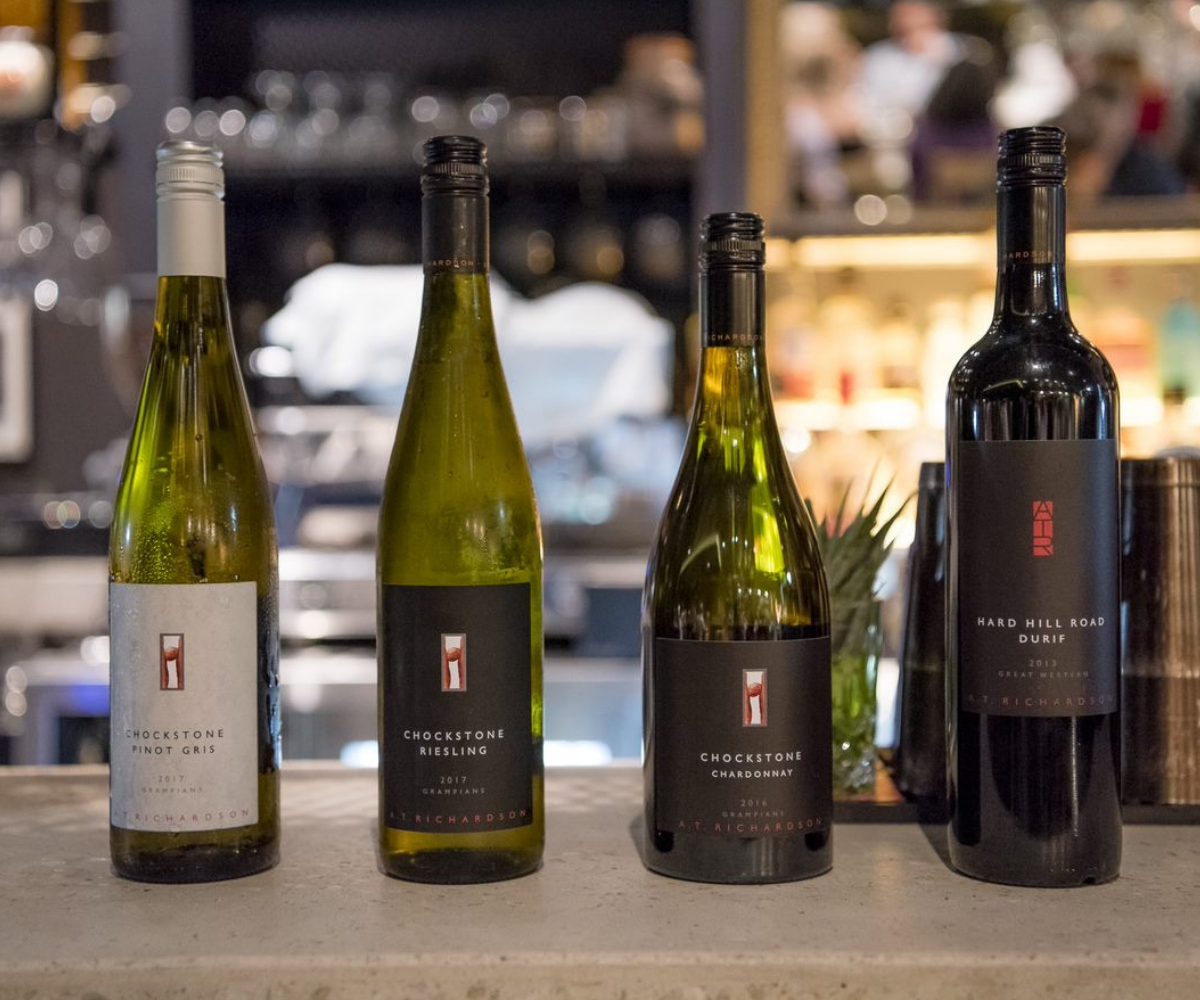Adam Richardson – Hard Hill Road Vineyard

We all love drinking wines that come with a story, and while much is written about wines, wineries and even their wine dogs, rarely do we get told about the background of the winemaker themselves. After all, these days, major producers are more concerned about corporate branding and profiling their product rather than any back story. Perhaps it’s a risk minimisation strategy so they can retain brand integrity in the event that a winemaker moves on?
But I reckon it’s refreshing to see smaller boutique producers who not only craft artisan wares but are prepared to share the story of their winemaker up front and allow that personality to be the trunk that their wine labels can branch from.
Adam Richardson is one of those boutique producers who comes with a tale. He’s a globetrotting Australian who has made wines around the world and has been executive winemaker at some of the world’s largest global producers but in an ironic twist, he may not be as well known in Australia as he is abroad. Australians are only just getting to know him and despite having spent over two decades in the industry, his local star is only just on the rise.
Adam started his working life in the Royal Australian Navy before turning his passion for wine into a career when he quit the Navy and went to study oenology at Charles Sturt University in 1994.
From there, he spent time making wine in California and later, worked for some of the world’s largest wine producers and overseeing their winemaking through Chile, Argentina, Italy, Spain, New Zealand, Germany, France and even South Africa. In 2013, he became chief winemaker for the global wine brand, Treasury Wine Estates (America) before leaving less than two years later to return to his Australian homeland.
Together with his wife Eva, they set up the Hard Hill Road Vineyard in the Grampians Region in Victoria. The choice of site was an easy decision for them given that in the Grampians, they would be able to indulge both their passion for wine with an obsession with rock climbing and mountain biking. A keen skier in winter months, it meant that Adam and Eva would be perfectly located to enjoy everything that they were most messianic about.
The Hard Hill vineyard itself is a little over seven hectares in size and in the cool climate, produces relatively low quantities of styles that include Riesling, Nebbiolo, Durif and Shiraz. Chardonnay and pinot gris fruit are sourced from his neighbour’s vineyard to add those popular varietals to the suite of wines in the range. His premium brand is the Hard Hill Road label which is only made in vintages when the conditions are ideal and the quality high. The vineyard staple is the Chockstone range – so named after the wedged rocks that climbers often find whilst scaling a craggy Grampians cliff face. Adam tells me that as a rock climber if you come across a chockstone on a cliff face, you can tie into it as you pass, so it’s a little bit of safety on the face. And since Adam was overseas making wine when he finally purchased the Grampians property, it was his own “chockstone” – a piece of safety for his family and their winemaking future.
The Chockstone range includes a Pinot Gris, Riesling, Chardonnay, Rosé and Shiraz – all crafted from fruit produced on the vineyard. The Chockstone Riesling is grown at the highest point on the vineyard (around 350m above sea level) and as a result, is exposed to the coolest microclimate in the paddock. The ripening process can be slow and tedious but with that, comes a delicacy on the palate and a length to the finish. I was excited to try the 2017 Vintage given that the previous 2016 edition had been widely acclaimed. Wine Expert James Halliday had given that vintage 94 points – which is quite extraordinary for a wine sold at an $18 price point.
The 2017 Riesling shows citrus blossom on the nose, with lime and cumquat characters across the palate. It’s not a “suck your cheeks in” type of Riesling, though there is a mineralic edge and a lemonesque crispness to the conclusion. Delicate, floral and righteous; I found it hard to believe I was drinking a wine that sold at a sub $20 price point!
The 2017 Rosé was deeper in colour than we often see in the style. Surprisingly, it’s a blend of Nebbiolo, Durif, Shiraz and Tannat – which is either a fortunate coincidence or clever design- but it works perfectly for an aromatic Rosé. There’s a floral and rose petal nose, hints of strawberry and blood orange through the middle, with lashings of plum and nectarine on the back palate before a mineralic crispness develops on the conclusion. There’s definitely more grunt to his rosé than the Provencál types that we commonly see every restaurant gracing wine list these days. The blend of varietals is somewhat unique but I guess it adds character to the Adam Richardson narrative – a sub-plot, or a story within the story!